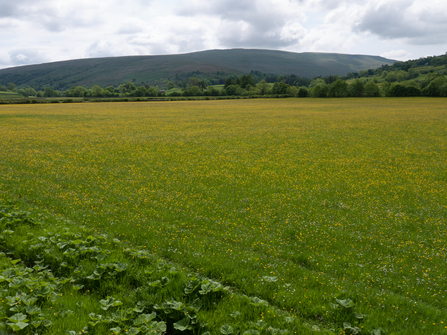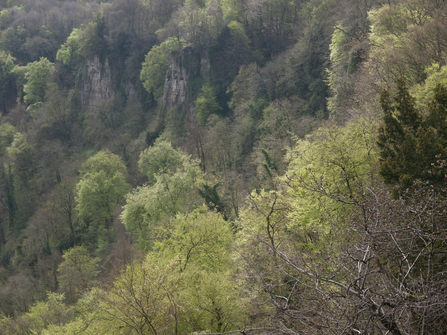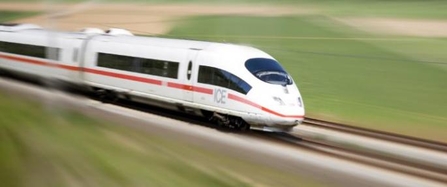
On Monday 28th April parliament meets for the Second Reading of the HS2 Hybrid Bill. A new report published by The Wildlife Trusts today reveals the full extent of the impact on wildlife sites and challenges the government to adopt an ambitious, alternative vision for nature restoration to accompany HS2, if it goes ahead. The vision encompasses large-scale nature restoration to help communities and the countryside most at risk from the proposed High Speed railway line.
The report ‘HS2: A vision for large-scale nature restoration along the Proposed Route’ makes the environmental, social and economic case for the Government to properly address the impact of HS2 on wildlife and ecosystems. Wildlife Trusts along the course of the route collaborated on this vision of environmental restoration running the full length of the HS2 line (Phases 1 & 2). The vision shows how a ribbon of natural areas, wild havens, green bridges and cycle ways could be created along the corridor of the HS2 route. Initial costings suggest that environmental restoration on this scale could be achieved with less than 1% of HS2’s overall budget of £42bn and a Cost Benefit Analysis undertaken by researchers at Newcastle University show that the benefits of restoring nature and providing access will outweigh the costs.


